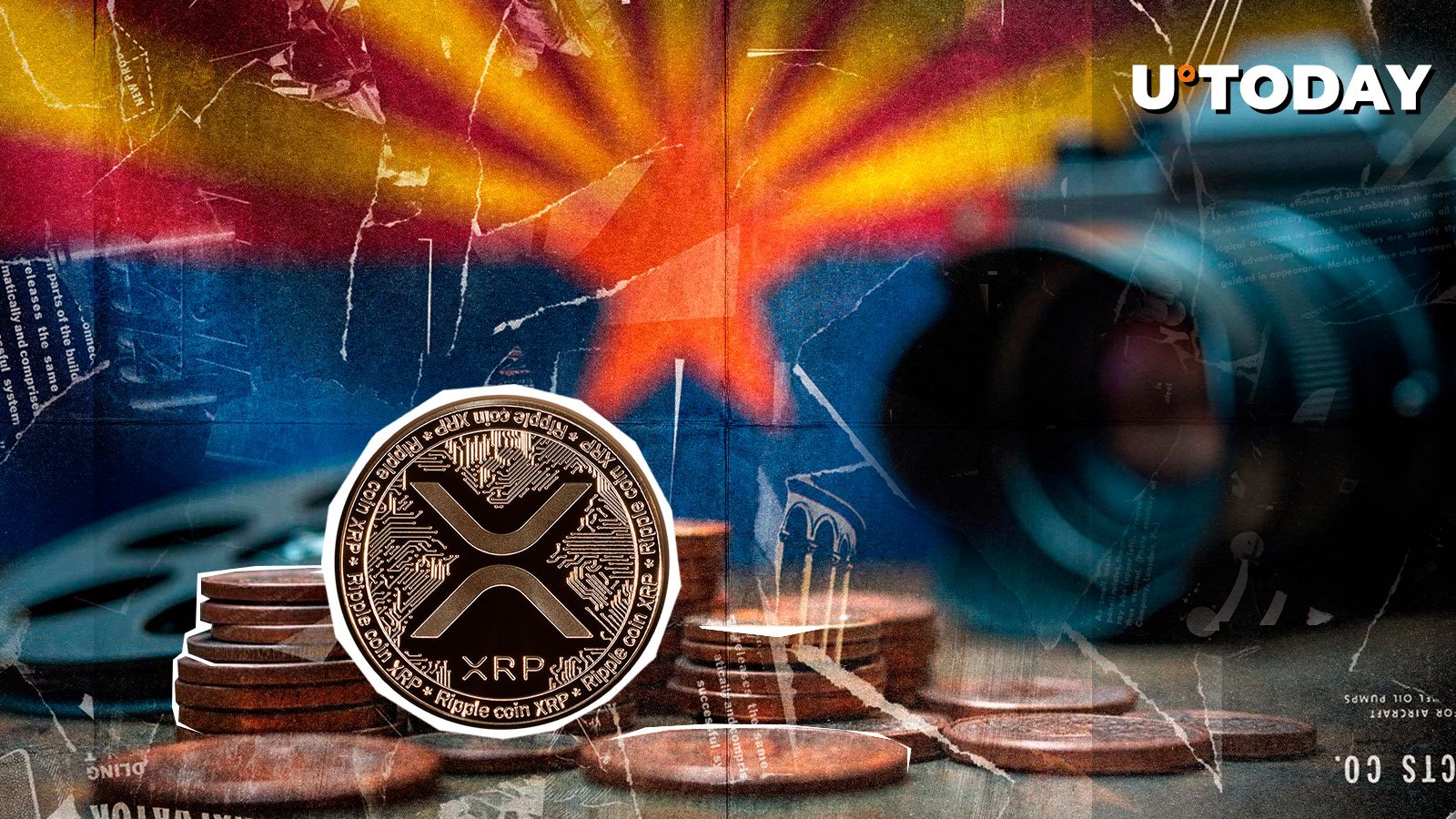The Securities and Exchange Commission (SEC) has raised concerns about FTX’s proposed plan to use stablecoins to pay creditors.
The cryptocurrency exchange FTX, which declared bankruptcy in November 2022 with a deficit of $8 billion, has planned to offer its creditors to cover 118% of their claims. This move has raised eyebrows among various stakeholders in the society.
SEC Reviews FTX Plan Amid Bankruptcy Chaos
The proposed restructuring plan, intended to help the creditors, especially those with claims less than $50,000, to solve the financial crisis, is now under the scrutiny of the SEC. The regulatory body has chosen not to opine on the legalities of the transactions under the federal securities laws. They are reserving the right to challenge the deal. The issue is that the crypto asset securities traded on FTX could be liquidated or distributed under the new plan.
Furthermore, although FTX has identified many digital assets, the SEC has become slightly more optimistic about the repayment forecast. The regulator has not yet been informed who will be handling the distribution of the stablecoins, which also raises questions. These changes add complexity to the already highly complex bankruptcy process, which has incurred over $800 million in expenses.
This reluctance is also seen in some creditors who opt for fiat payments to avoid incurring taxes where necessary. These critics claim that the plan may not be optimal for them or even detrimental to their interests. Nevertheless, the FTX’s proposal entails the payment of non-governmental creditors their full claims with an additional nine percent interest from the date of the bankruptcy filing.
SEC Challenges FTX Bankruptcy Discharge Clause
The current bankruptcy process has reached a crucial stage, with the SEC and the U.S. Trustee opposing some aspects of the bankruptcy plan. One such contentious issue is the discharge clause that would release FTX debtors from future legal actions by creditors. This provision has been the subject of much criticism as to the appropriateness and efficacy of the proposed repayment plan.
Furthermore, the bankruptcy case has involved major monetary payments, such as the latest $12.7 billion deal with the Commodity Futures Trading Commission (CFTC). The exchange’s founder, Sam Bankman-Fried, was also sentenced to 25 years in prison earlier this year, another important step in the legal process against the former crypto behemoth.
SEC Scrutiny May Impact Repayment Plans
The issue of stablecoins is particularly interesting as the bankruptcy plan continues to be implemented. The SEC’s next moves may derail FTX’s efforts to address its financial commitments, and all the stakeholders are waiting for this. The result of this regulatory approach will probably affect not only FTX’s creditors. It will also set the tone for further development of the cryptocurrency market and regulation of the sphere in general.
Many creditors and legal experts expect more information on the distribution channels and the SEC’s final position. FTX has agreed to devise a plan to compensate almost all its creditors by May 2024. Individual investors with claims below $50,000 are to be paid 98%. Although quite aggressive, this plan is predicated on overcoming the legal issues and obtaining the consent of all the parties to the proceedings.









